9 most Oldest Geological features on Earth That you couldn’t know
The oldest feature on Earth
The history of Earth spans approximately 4.6 billion years and the Geological world is so fascinating that you won’t believe some of these features are the oldest parts of Earth, testifying to a living world that has been moving and taking shape for Eons. There are peaks, valleys, Ice, desert, sea, hills, and many more things that are studied under Geology. In general, we call these geological features, but this term is very broad and refers to any of the physical features on Earth’s surface. They are also referred to as landscapes, topography, and landforms. Whenever another wonder is discovered, they bring with them new surprises, often confirm theories, or confuse scientists. These are the most Amazing Facts’ bout Geology around the world That Might Surprise you.
The Original Earth, 4.5 Billion Years Old
Geo Scientists say that they have a piece of the original Earth. Baffin Island in the Canadian Arctic has volcanic rocks that, incredibly, formed even before the world created its own crust. This rock managed to avoid the geological recycling process, which was especially violent in the beginning. Rare metals and gas were also detected in the Baffin Island material-lead, neodymium, and the highly rare helium-3. There is a reason why this mix is causing great excitement in the scientific community. This is The oldest feature on Earth.
Most Ancient Surface,2 Million Years old
In Israel, an expanse of the desert looks the same as it looked almost two million years ago. This desert pavement confirmed scientific suspicions that should an area remain dry and extremely flat, and suffer little to no weather or geological activity and the entire face can stay preserved for millions of years. This incredible and touchable piece of landscape is not the oldest geological wonder, but it is being one of the most mesmerizing facts.
Also read- Geotourism around The Rock of Gibraltar, A Faulted limb of an overturned fold
Oldest Ice, 15 Million Years old
The Dry Valleys of Antarctica appear eerie, Martian landscapes are scattered with barren rocks and a blanket of dust. This valley has the oldest ice on the planet and is at the centre of a mystery that is of an ice age. For a long time, the Valleys remained stable and unchanged, but in recent years, they started to melt For reasons not quite clear, it may due to unusually hot weather. One of its glaciers, an Ice Age relic at least 7,000 years old, has already lost massive amounts of ice. Researchers still struggle to pinpoint exactly why more sunlight is now reaching Gar wood Valley.

Desert, 55 Million Years old
The Namib Desert in Africa is the world’s oldest heap of sand. Its walking dunes are home to mysterious fairy circles and another, the Welwitschia plant, which is 2,500 years old. The desert completely lacks surface water and has been dry for 55 million years. Research says its origins reach back to the continental split of West Gondwana that happened up to 145 million years ago. The desert also contains the world’s highest sand dunes. So, The desert is The oldest feature on Earth.
Oceanic Crust, 340 Million Years Old
Reefs Created By Animals, 548 Million Years
The oldest reef is a massive network spanning 7 kilometers, and it is in Africa. The fossils of the oldest-known animal-made reef in Namibia, built by a small, filter-feeding seabed creature called Cloudina around 548 million years ago. Cloudina, one of the earliest known animals, was the first with a hard skeleton. Its fossils have been found around the world, but it had not been known that it built reefs, a collective activity that helps gain protection from predators and improves food gathering.
Mount Roraima, 2 Billion Years old
The bordered Three countries Guyana, Brazil and the majority of this mammoth mountain falls in Venezuelan territory. The haunting view and its vast flat summit are major tourist attractions. When rainfall gets heavy, water flows off the plateau. Mount Roraima is listed among the most ancient formations in the world, nearly 2 billion years. The mountain is first brought to the light in 1596 by Sir Walter Raleigh while travelling to Guyana in search of the mythical city of El Dorado,
Oldest Water, 2.64 Billion Years old
In a Canadian mine, nearly two miles down, on a prehistoric ocean floor, scientists tested a water pocket and were shocked when it proved to be the oldest H2O still on the planet around 2.64 billion years old. It even predates the development of multicellular life. It’s not uncommon for the water to flow into cracks and get trapped there for a long time. However, the researchers who find the Canadian sample were expecting a normal age range of millions, not billions. This water is the oldest feature on Earth.
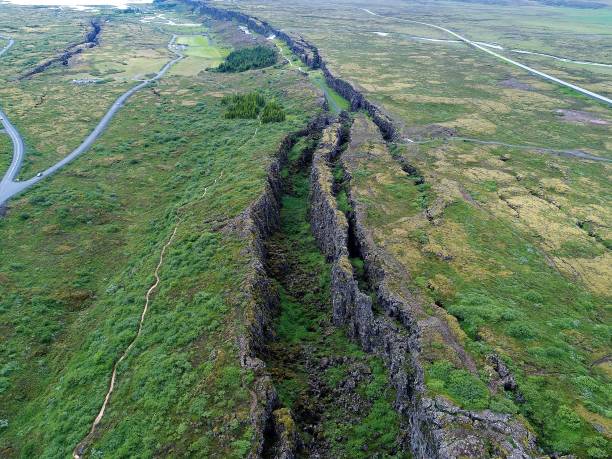
Plate Tectonics, 3.8 Billion Years
The Earth’s outer layer consists of several tectonic plates locking together like puzzle pieces. Their movements shape the world and are known as plate tectonics. A scientific team discover pillow lava that is 3.8 billion-year-old. They determined that the pillow lavas and basalt sheets inside the plate boundary were born when an early seafloor expanded like a growing circle. These remarkably preserved rocks represent the earliest physical evidence of the Earth shaping itself. Previous research tagged the earliest date for this phenomenon as 2.5 billion years ago.
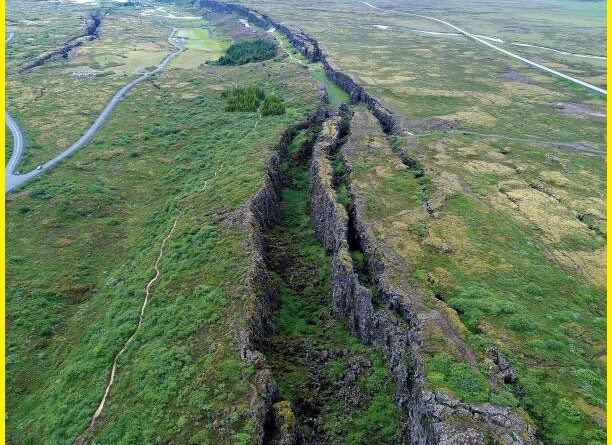
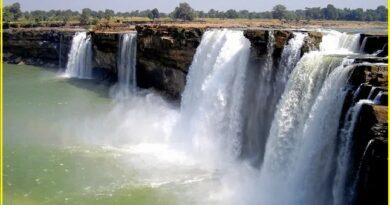
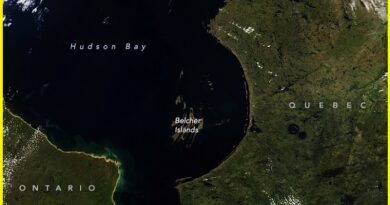
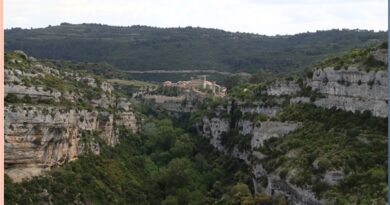
Pingback: - Geotourism
Pingback: The Great lake of Taupo- A Fairy place of geysers, steaming craters and boiling pool - Geotourism
Pingback: Puerto Rico Tourism: 5 Best Geological natural Sites - Geotourism